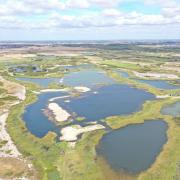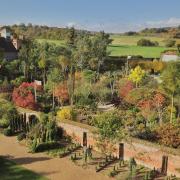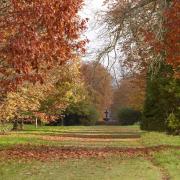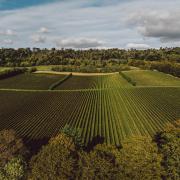A rare mushroom to the UK has been found growing in Addington, near West Malling. Artomyces pyxidatus, also known as Candelabra Coral, was recorded in October 2023 by Medway-based ecologist Rhianna Dix, while on a fungus foray with Mike Green of the London Fungus Network.
Candelabra Coral is also known as Crown-tipped Coral fungus due to the characteristic crown-like shape of the tips of its "branches". Candelabra Coral is commonly found in North America, usually growing on decaying wood, such as the tree stump it was found growing from in Addington.
The fungus was thought to have become extinct in the UK, with no records of it at any point in the 20th century. In 2012 it was found growing in Suffolk and more recently, in 2021, a Kent Wildlife
Trust volunteer recorded a specimen at Hothfield Heathlands in Ashford. Mike Green says this most recent 2023 find certainly caught him by surprise: “On stumbling across the specimen I didn’t recognise it at first and posted the photo of this fabulous fungus on the British Mycological Society's Facebook page. A week later I had two replies telling me it was Artomyces pyxidatus. This species is rare to the UK and it is thought that the Addington find is only the twelfth record in Britain since 1886.
'It was actually Rhianna who first spotted it, which is remarkable as she is new to fungi, so she has got off to an incredible start!'
Says Natasha Aidinyantz of Kent Wildlife Trust, 'It's always exciting to find a rare and unusual plant, animal or fungus in your home county but what makes this particularly interesting is that we seem to have a pattern of distribution building in the East of England, starting in East Anglia and then making its way down to Kent and Sussex. This fungus is common in North America and in the boreal [forested, with cold temperatures]/semi-boreal regions of Europe, so how it wound up on the flat side of Southern UK is a bit of a mystery. But it just goes to show nature doesn't play by our rules and that's very much what is so beautiful about it.'
The record of the most recent find has been submitted to iRecord, with a sample sent to the Fungarium at the Royal Botanic Gardens, Kew.



























